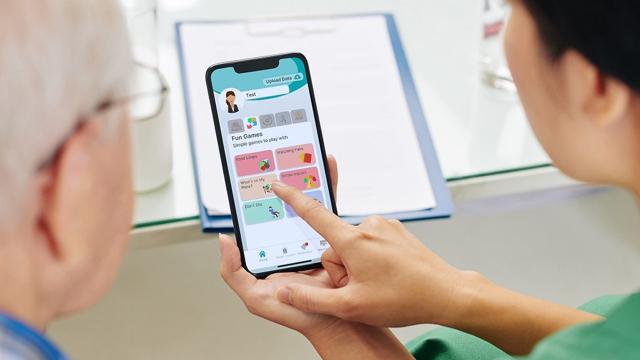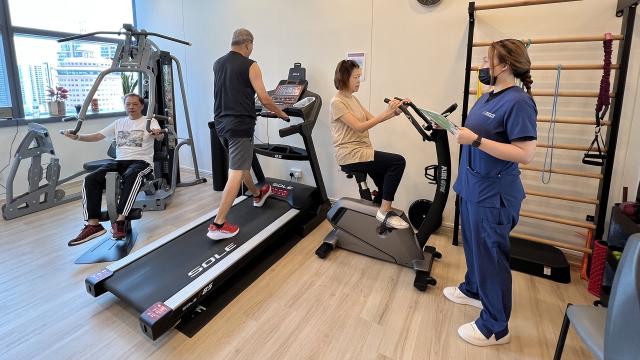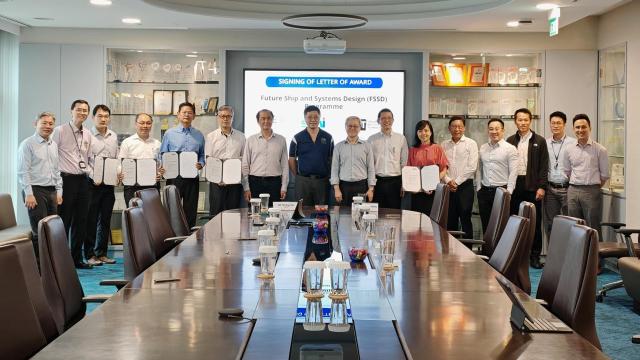Assistant Professor An Hui was recently awarded an MOE Academic Research Fund (ARF) Tier 2 research grant for his study on engineering control strategies to help reduce transmission risks of SARS-CoV-2 in hospital and non-hospital environments.
- Studying SARS-CoV-2 transmission routes
- Rethinking the design of ventilation systems in buildings
- Testing effectiveness of ultraviolet germicidal irradiation (UVGI) technology for airborne viral disinfection
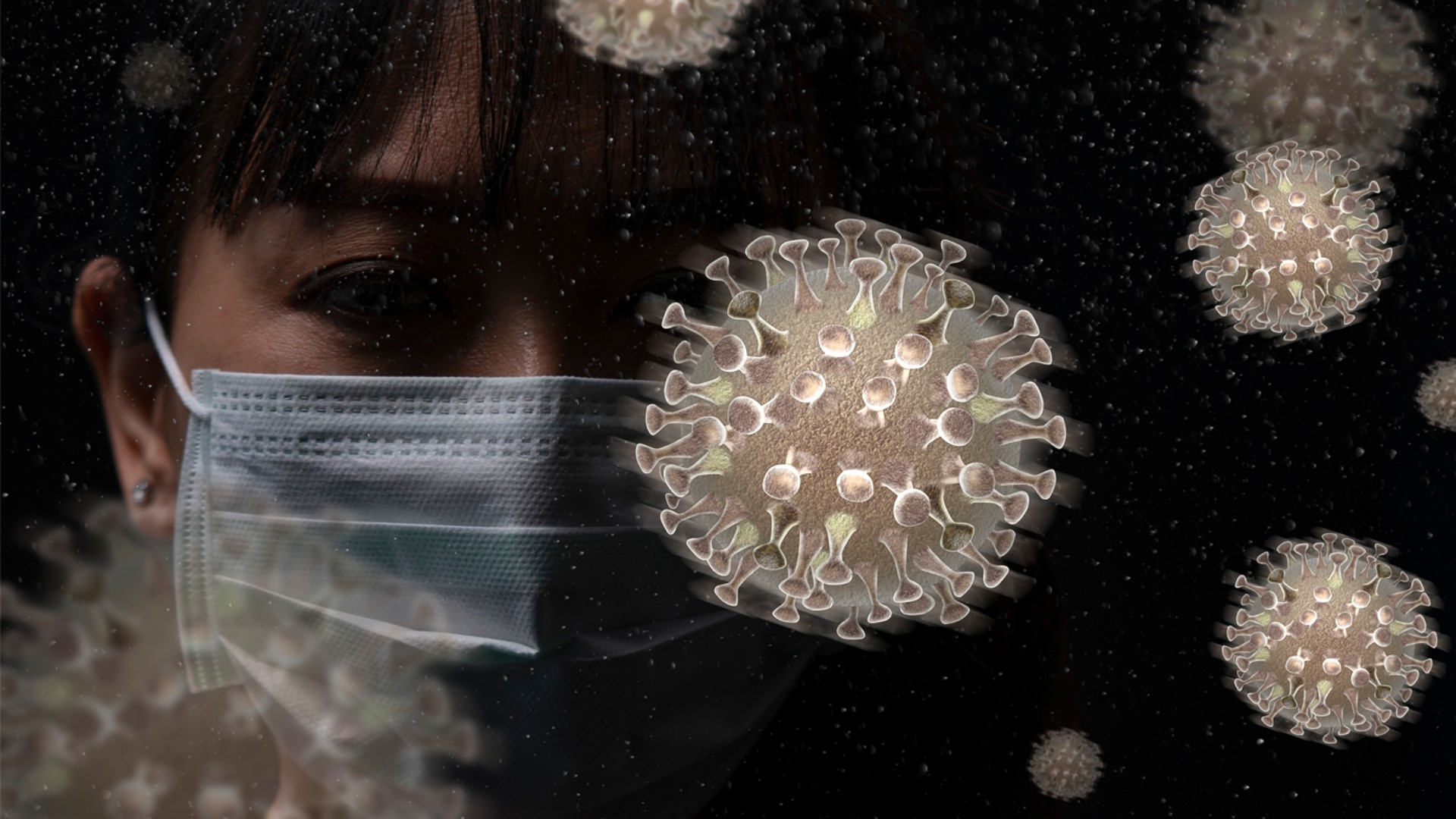
Although most of us live and work in buildings, we may not give much thought to whether the indoor air we breathe is safe. In the wake of the COVID-19 pandemic, it has become critical to rethink the design of ventilation systems and even buildings.
Asst Prof An’s research will study SARS-CoV-2 transmission routes and their relative contribution to infection risks in both hospital and non-hospital environments. The results will be used to evaluate the existing effectiveness of different air-conditioning and mechanical ventilation (ACMV) systems.
The Research Team

Asst Prof An will work with co-investigators A/Prof Soh Chew Beng, A/Prof Victor Wang Peng Cheng, and Asst Prof Chien Szu Cheng from SIT’s Engineering cluster on this study. His team of collaborators also include Dr Helen Oh May Lin, Clinical Associate Professor, National University of Singapore (NUS) Yong Loo Lin School of Medicine and Senior Consultant-Infectious Diseases at Changi General Hospital, and Prof Simon Yu Ching Man from Hong Kong Polytechnic University.
Scope of Research
The research will focus on four key areas: hospital-acquired infection due to COVID-19 and air ventilation strategy; community airborne transmission and passive design strategies; effects of SARS-CoV-2 viral load and infective dose, and its transmission risks; and the use of ultraviolet germicidal irradiation (UVGI) technology for airborne viral disinfection.
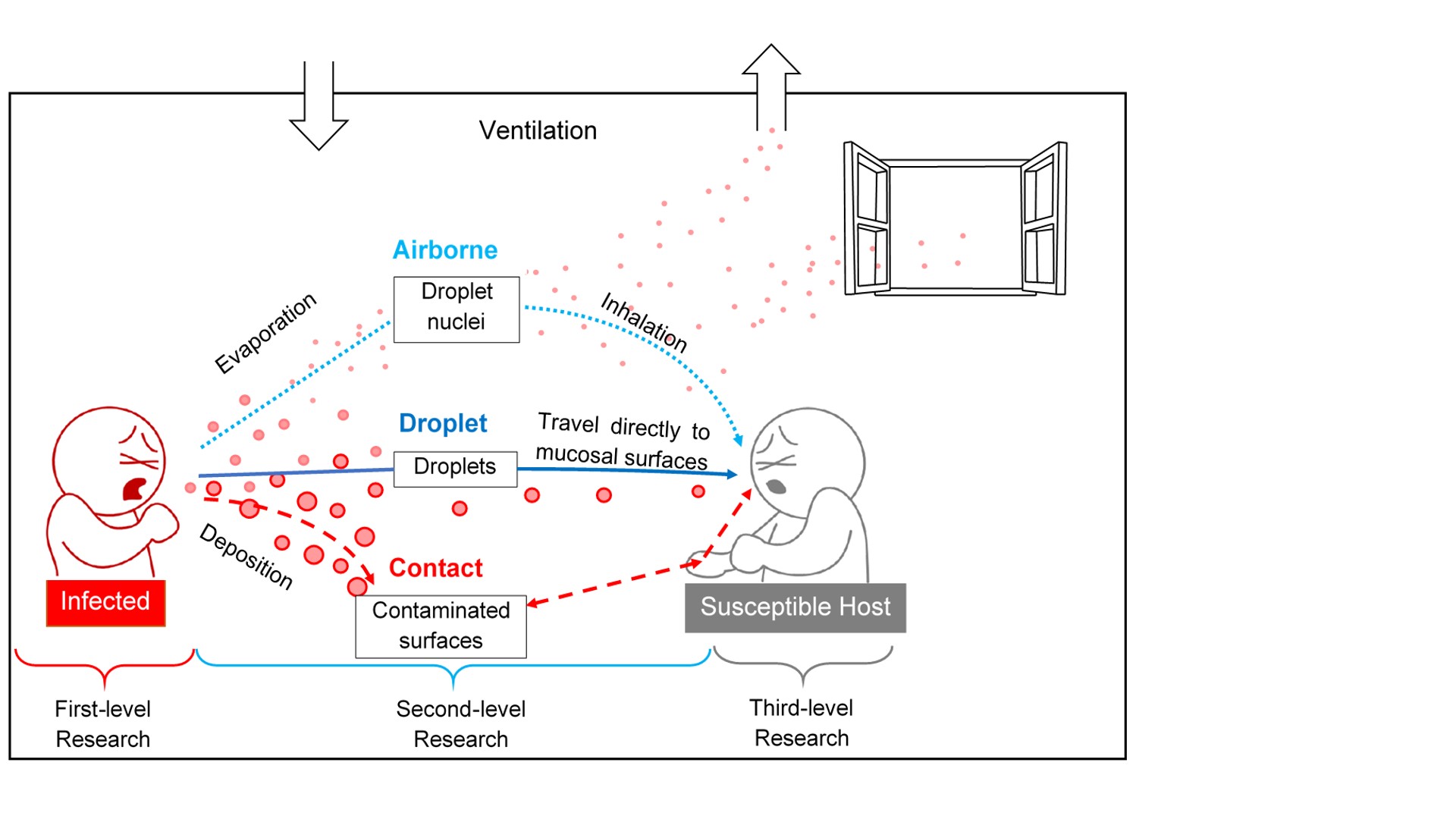
Proposed integrated SARS-CoV-2 transmission risks modeling approach
Asst Prof An explained, “We will use an integrated biological fluid dynamics modelling approach to evaluate transmission routes and the transmission risks of other respiratory diseases. We can apply quantitative recommendations on the air ventilation rate, ventilation strategies, and passive engineering control measures. This will help reduce airborne transmission risks in non-pressure-controlled hospital wards and community spaces. Meanwhile, a contamination study will provide insights on how to control cross-infection and provide guidelines for disinfection in hospital wards.”
Cleaner Air with In-duct UVGI Technology
Ultraviolet germicidal irradiation (UVGI) technology uses ultraviolet energy to kill viruses, bacteria, and fungal organisms. A bladeless-fan with UVGI design can be easily installed in any non-pressure-controlled hospital ward, or mechanical ventilated space.
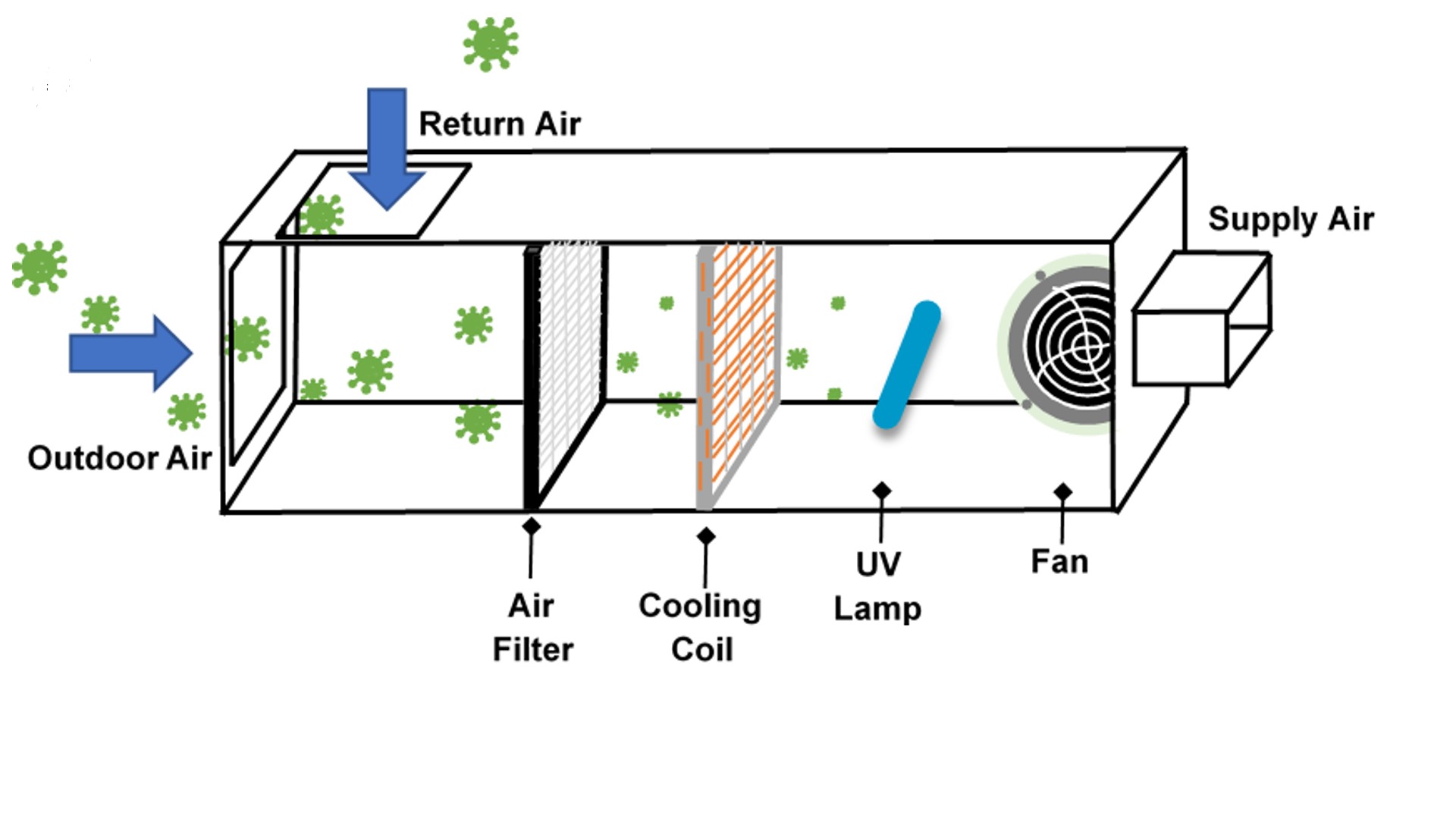
Schematic diagram for a typical in-duct UVGI installation configuration
“We will test the effectiveness of a bladeless-fan UVGI design as a form of safe, cost-effective, air cleaning technology. It is only a matter of time before the next pandemic strikes. We hope our findings will drive future research on the application of UVGI technology as an air cleaning solution in commercial buildings,” said Asst Prof An.
The results of the study will enable the researchers to provide critical recommendations on engineering control strategies that can reduce the transmission risks of SARS-CoV-2. It will also enable researchers to propose design strategies to incorporate UVGI technology in post-pandemic building designs.
![[FA] SIT One SITizen Alumni Initiative_Web banner_1244px x 688px.jpg](/sites/default/files/2024-12/%5BFA%5D%20%20SIT%20One%20SITizen%20Alumni%20Initiative_Web%20banner_1244px%20x%20688px.jpg)
